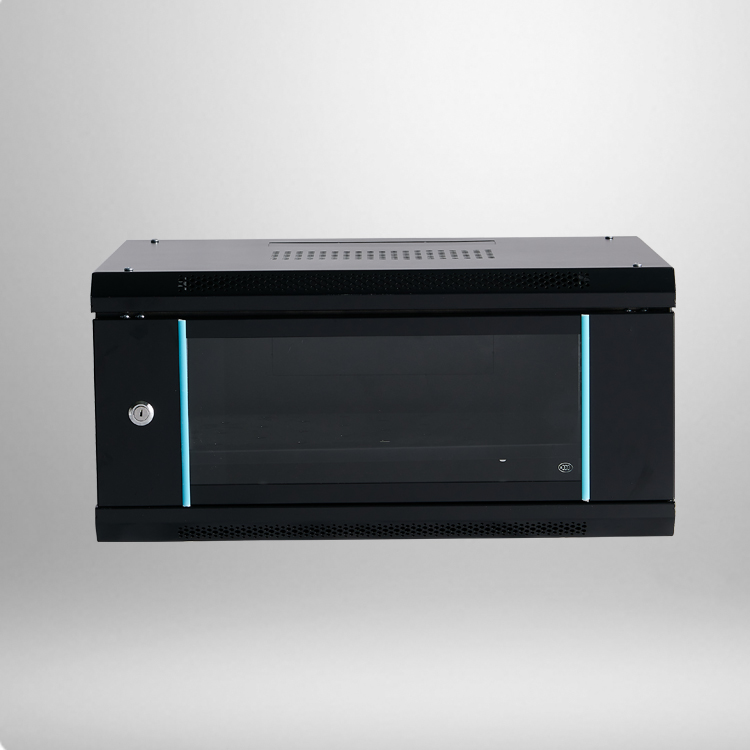
The network cabinet is complex and after long-term use, problems such as line aging and excessive dust affecting communication may occur. So it is necessary to regularly organize and check the usage of the cabinet.
1. Preliminary preparation
First, notify the user to organize the cabinet without affecting their normal work.
Then, based on various factors such as network topology, existing equipment conditions, number of users, donkey grouping, etc., draw the wiring diagram and equipment location map inside the cabinet.
Next, prepare the necessary materials: network jumpers, label paper, and various types of plastic ties.
2. Organize cabinets
Install cabinet:
You need to do the following three things yourself: first, use the screws and nuts provided with the random frame to tighten the fixing bracket; Secondly, flip the cabinet down and install the movable wheels; Thirdly, adjust and add baffles on the fixed frame according to the position of the equipment.
3. Organize the route:
Group the network cables, with the number of groups usually less than or equal to the number of cable racks behind the cabinet. Bundle the power cables of all devices together, insert the plugs through the rear through holes, and use a separate cable rack to find the respective devices.
4. Fixed equipment:
Adjust the bezel in the cabinet to the appropriate position, so that administrators can see the operation of all devices without turning on the cabinet door. At the same time, add bezels appropriately according to the number and size of devices. Be sure to leave a certain gap between the baffles. Place all the switching and routing equipment used in the cabinet according to the pre drawn diagram.
5. Cable labeling:
After all the network cables are connected, it is necessary to label each cable, wrap the prepared instant messaging tape around the cable, and mark it with a pen (usually indicating the room number or purpose). The labeling should be simple and easy to understand. Cross network cables can be distinguished by using different colors of instant messaging and regular network cables. If there are too many devices, they should be classified and numbered, and labeled.
6. Post work
Interconnection test:
After confirming that there are no errors, it is important to connect the power supply and conduct network connectivity testing to ensure the normal operation of the user.


